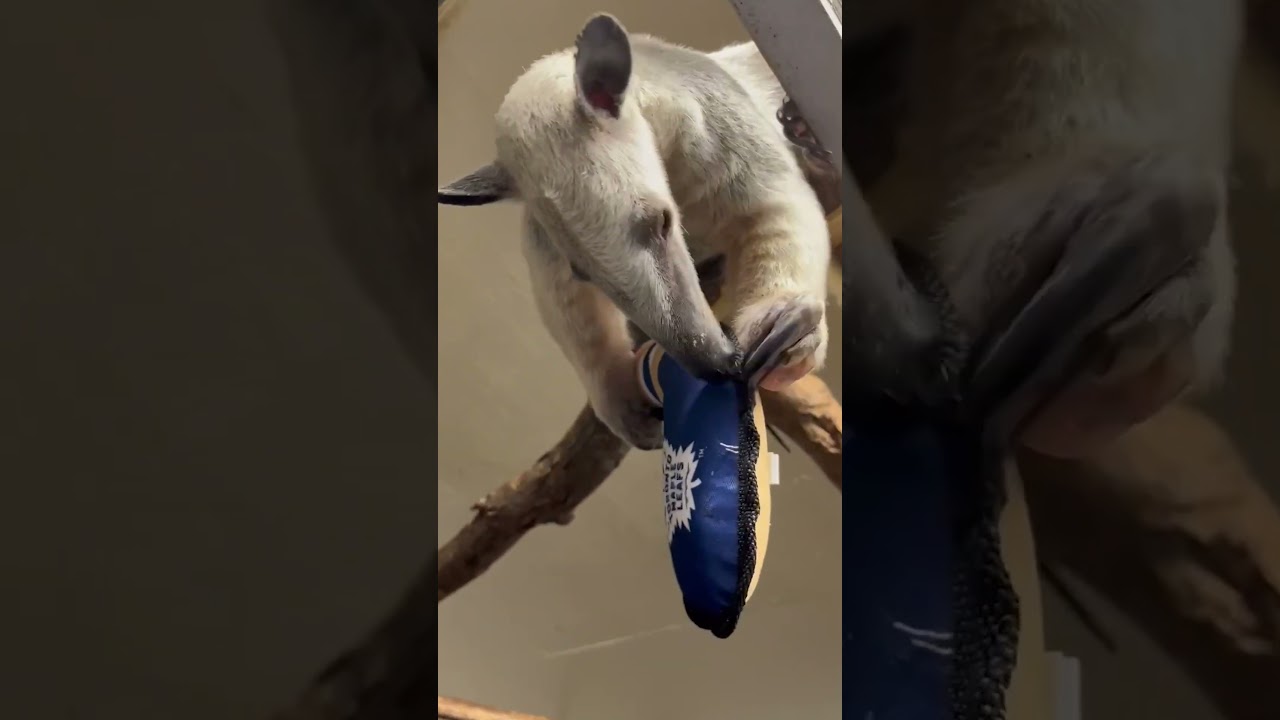- The anatomy and functionality of owl eyes and their adaptation to night vision.
- The interplay between owl vision and their hunting techniques.
- The role of owl habitats and conservation efforts in maintaining healthy populations.
- The significance and impact of wildlife conservation programs within zoological institutions.
- The cultural and ecological importance of owls in biodiversity and ecosystems.
Owls possess remarkable visual capabilities, adapted for nocturnal lifestyles. Their eyes are among the most fascinating features, specifically designed for effective night vision. Unlike human eyes, owl eyes are tubular rather than spherical, providing greater depth perception and magnification. Each eye is specifically oriented for enhanced binocular vision, crucial for hunting in low light conditions.
The rod cells in an owl’s retina are highly enhanced, vastly outnumbering the cone cells. This allows for extraordinary light sensitivity. While humans would struggle to see on a moonlit night, owls can discern even minute movements on the forest floor. This sensitivity is paired with a reflective layer behind the retina known as the tapetum lucidum, which reflects light back through the retina, effectively doubling the light available and further improving night vision.
Owls’ hunting strategies rely heavily on their vision. With facial discs directing sound to their ears, hearing complements sight to lock onto prey. Silent flight ensures they approach undetected. The ability to focus both sight and sound gives owls a distinct advantage in capturing prey, a vital survival skill in their nocturnal environment.
Habitat is crucial for maintaining owl populations. Forests, grasslands, and open fields offer abundant resources. Conservation efforts aim to preserve these natural habitats, as destruction leads to decreased food availability and nesting sites. Wildlife corridors and protected areas are implemented to maintain these essential environments.
Zoological institutions play a significant role in wildlife conservation. They engage in breeding programs to help sustain owl species whose numbers are critically low. Educational programs in zoos raise public awareness about the importance of owls, combating myths and promoting coexistence.
Culturally, owls are often seen as symbols of wisdom, yet they hold broader ecological importance. As keystone species, they regulate prey populations, maintaining a balance in ecosystems. Their presence indicates a healthy environment, showcasing the biodiversity essential for a thriving habitat. Conservation programs that focus on protecting owls benefit a wide range of other species.
Ultimately, understanding the details of owl eyes within the framework of owl behavior and conservation highlights their crucial role in biodiversity. They demonstrate the importance of sustained conservation efforts to preserve natural habitats and ensure these remarkable birds continue to thrive.
*****
Source Description
Go Sports,From Butters (and friends)🦉 #LeafsForever


